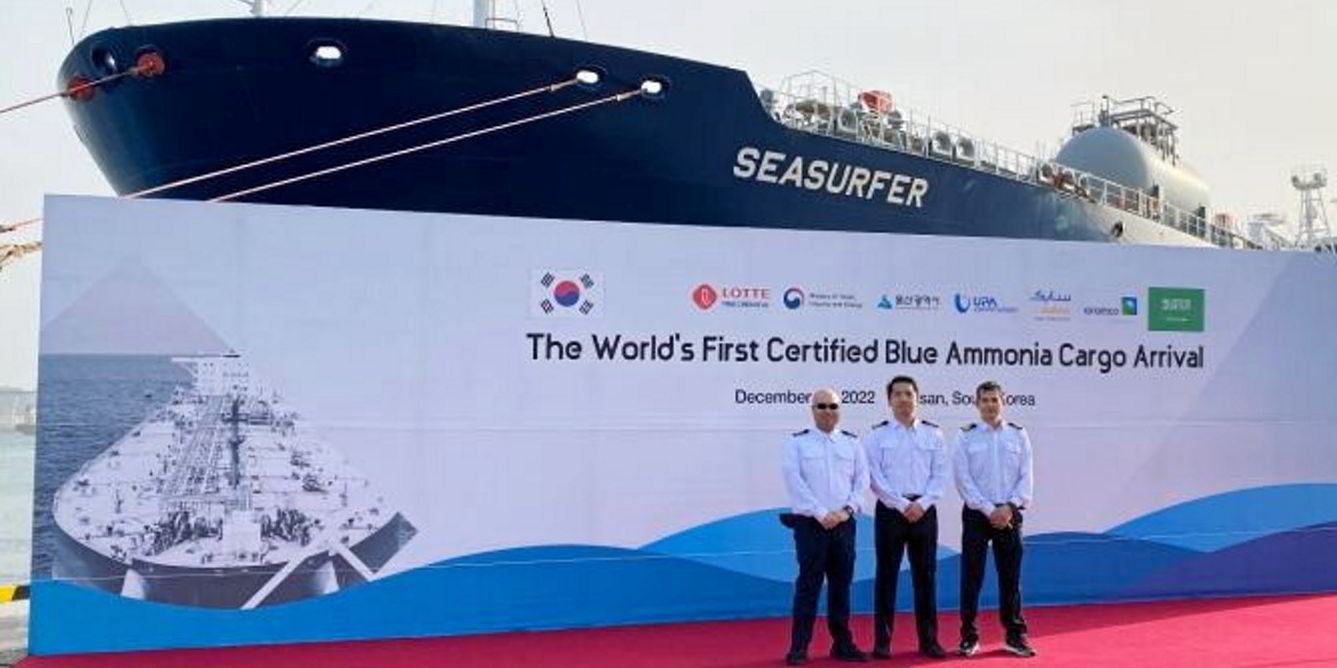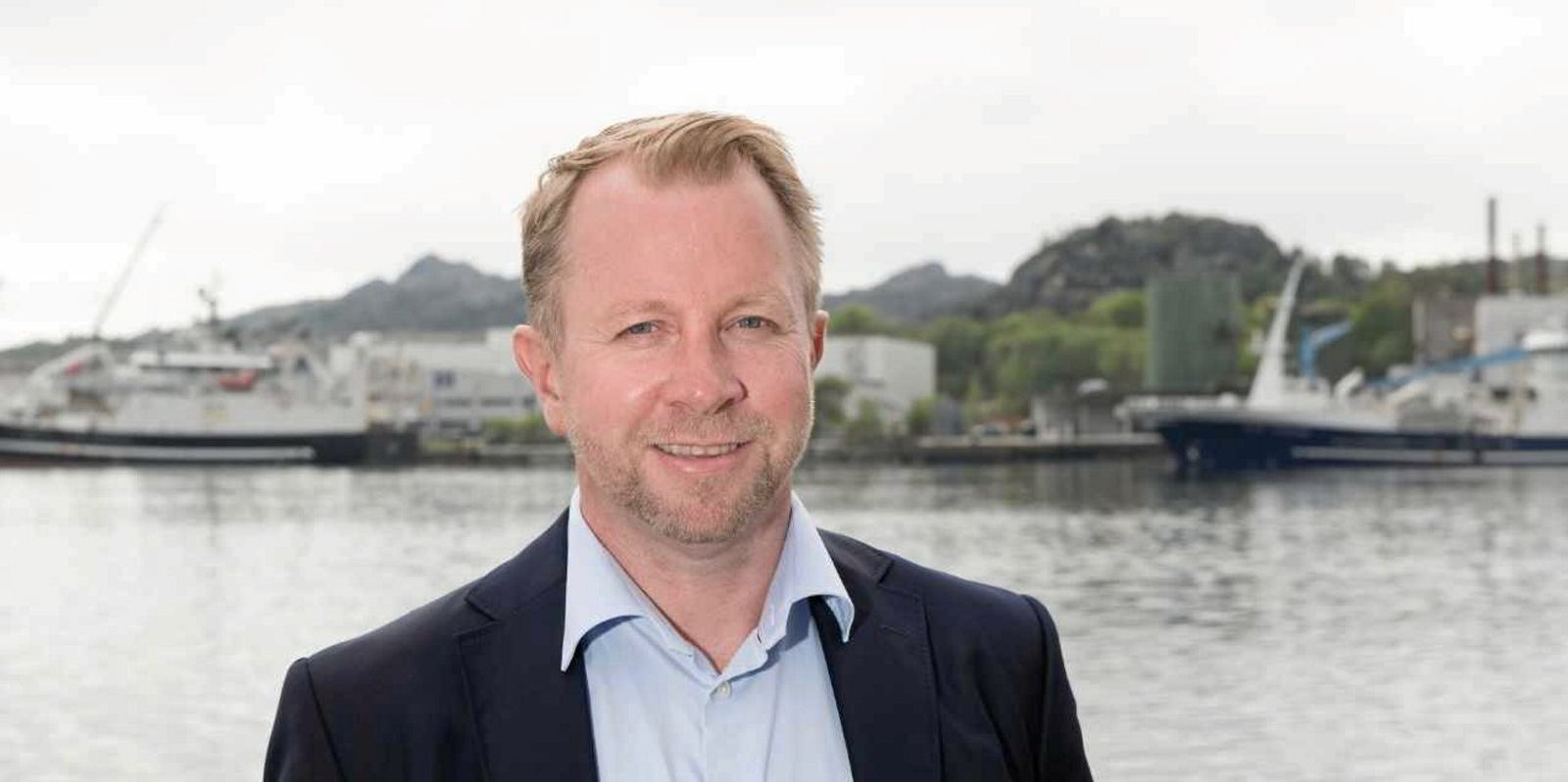An LPG carrier owned by Greece’s Thenamaris has delivered the world’s first commercial shipment of certified blue ammonia, the company said in a social media post.
Blue ammonia is one of several candidates to boost green energy in the future. The key difference from regular, higher-carbon “brown” ammonia lies in the carbon capture and storage technologies added to its production.
Several big energy firms have announced projects to increase blue ammonia output in the future, including QatarEnergy and Norwegian producer Yara International in collaboration with JERA, Japan’s largest power generation company.
The blue ammonia transported by Thenamaris’ 38,100-cbm Seasurfer (built 2017), by contrast, was a Saudi project.
A total of 50,000 tonnes of the fuel were produced as part of a collaboration between Saudi Aramco and SABIC Agri-Nutrients (SABIC AN).
Half that cargo was loaded on the Seasurfer at Al Jubail and reached its destination of Ulsan in South Korea on 13 December.
The recipient was Lotte Fine Chemical, a Korean chemicals firm that claims on its website to be the biggest player in ammonia distribution in northeast Asia.
The shipment represents “a remarkable milestone for a low-carbon alternative to conventional grey ammonia”, SABIC AN chief executive Abdulrahman Shamsaddin said on the company’s website.
Certification of the blue ammonia was provided by TUV Rheinland, an independent testing, inspection and clarification agency based in Germany.
The shipment is part of a long-standing collaboration between SABIC AN and Aramco, as part of their government’s “Saudi Vision 2030” for low-carbon fuels.
All 50,000 tonnes of blue ammonia produced under that programme so far are being shipped to South Korea.
It is not immediately clear who transports the remaining 25,000 tonnes. This could very well be Thenamaris again. According to sources, the company is close to wrapping up the shipment of another cargo of blue ammonia.
- Grey or brown ammonia: Produced from fossil fuels.
- Blue ammonia: Produced using natural gas but with CO2 capture and storage.
- Green ammonia: Produced from hydrogen made through water electrolysis using renewable energy.
If this second cargo falls under Saudi Vision 2030 as well, it may be carried on the 38,000-cbm Seateam (built 2022). Vessel trackers show the ship underway, laden and about to discharge in South Korea.
Thenamaris is currently managing eight modern, fully refrigerated, 38,000-cbm LPG carriers with an age of up to five years.
The Seasurfer is among the first pair of LPG carriers it took delivery of in 2017.





